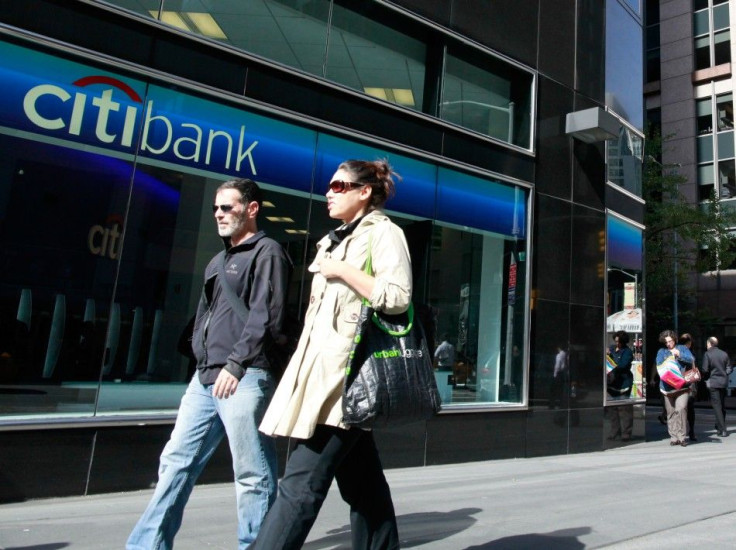Why the Fed’s Operation Twist Will Hurt Banks
ANALYSIS

After the Federal Reserve announced Operation Twist, bank stocks plunged.
The overall market was down, but banks stocks dropped more than the broad indices. JPMorgan Chase (NYSE:JPM) fell 5.92 percent, U.S. Bancorp (NYSE:USB) plunged 5.11 percent, and BB&T (NYSE:BBT) declined 5.36 percent.
In Operation Twist, the Fed plans to purchase $400 billion worth of longer-term Treasuries and offset that purchase by selling $400 billion in shorter-term Treasuries from its holdings.
The net effect of this move is raising shorter-yields and lowering longer-yields.
Banks, however, make money by borrowing short-term (from the Fed and depositors) and lending long-term (to entities without such access to short-term funding). This “borrow short lend long” mechanism is one of the basic principles of banking profitability.
This principle isn’t confined to banking in the traditional sense in which customers deposit money and loan officers give out longer-term loans; it also applies to the capital markets.
For example, as the Fed took interest rates to a historic low in 2009, banks made a fortune by simply borrowing from the Fed at near zero and buying longer-term Treasuries.
By 2010, bank profits began to dwindle because new assets/loans began to reflect the low interest rates environment and carried lower rates.
Now, with Operation Twist, banks will be hit with the double-whammy of both higher borrowing rates and lower lending rates.
While $800 billion in transactions ($400 billion for the buying and $400 billion for the selling) won’t be the end of the world – the Treasury market is over $14 trillion – it will certainly dent banks’ already-shrinking profit margins.
Email Hao Li at hao.li@ibtimes.com.
© Copyright IBTimes 2024. All rights reserved.





















